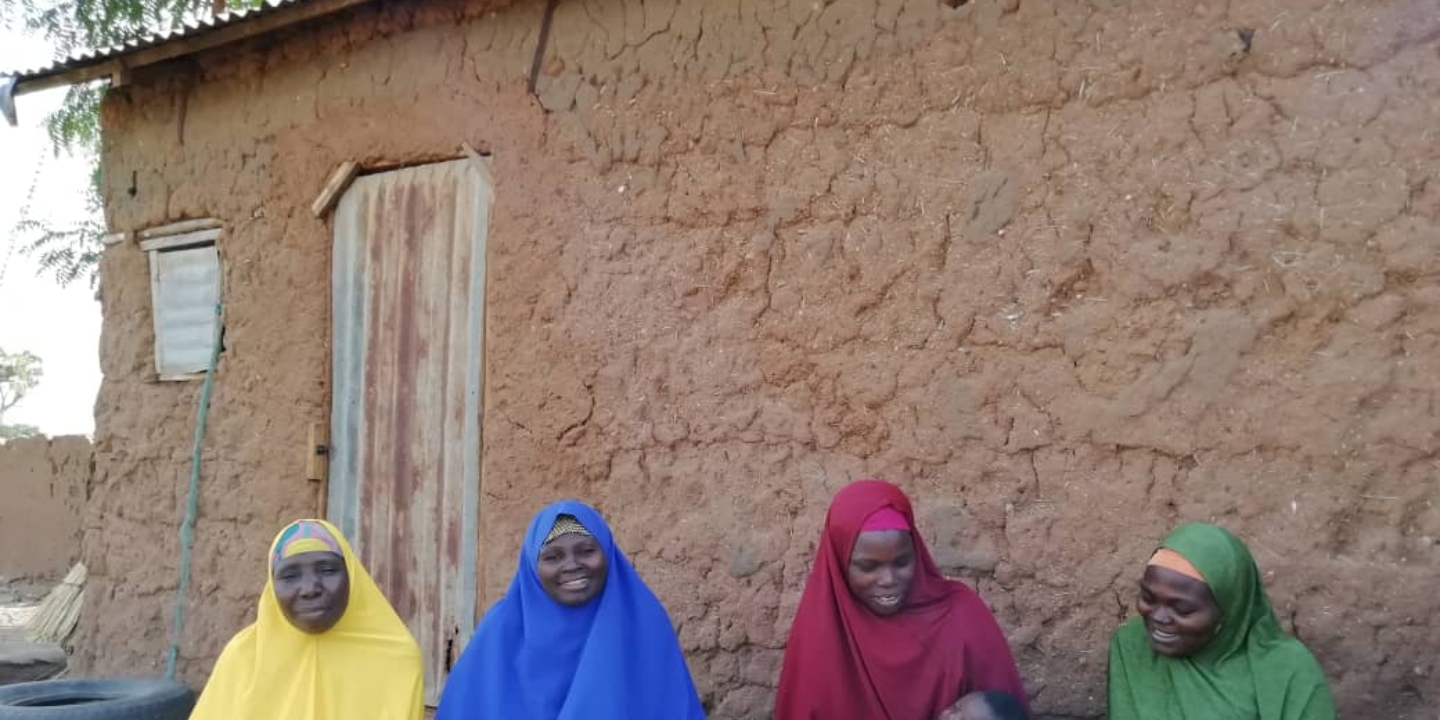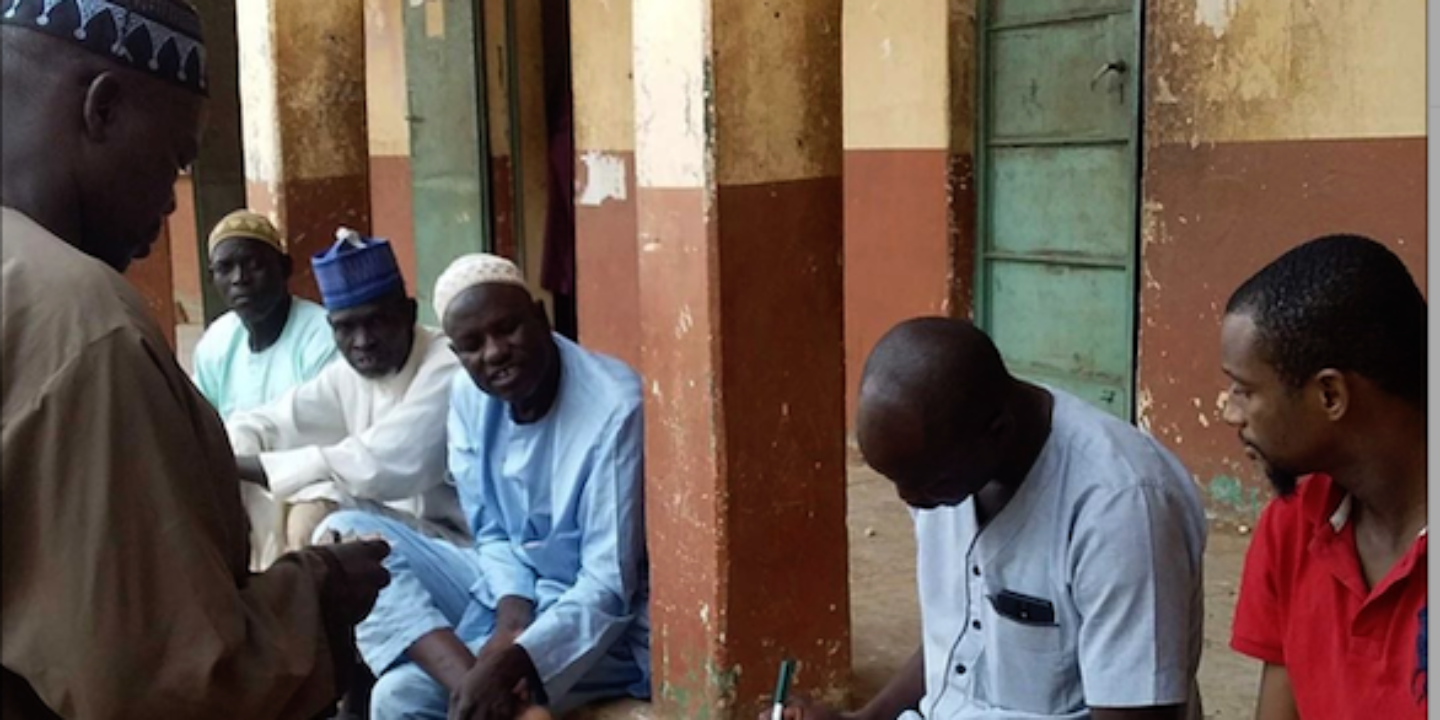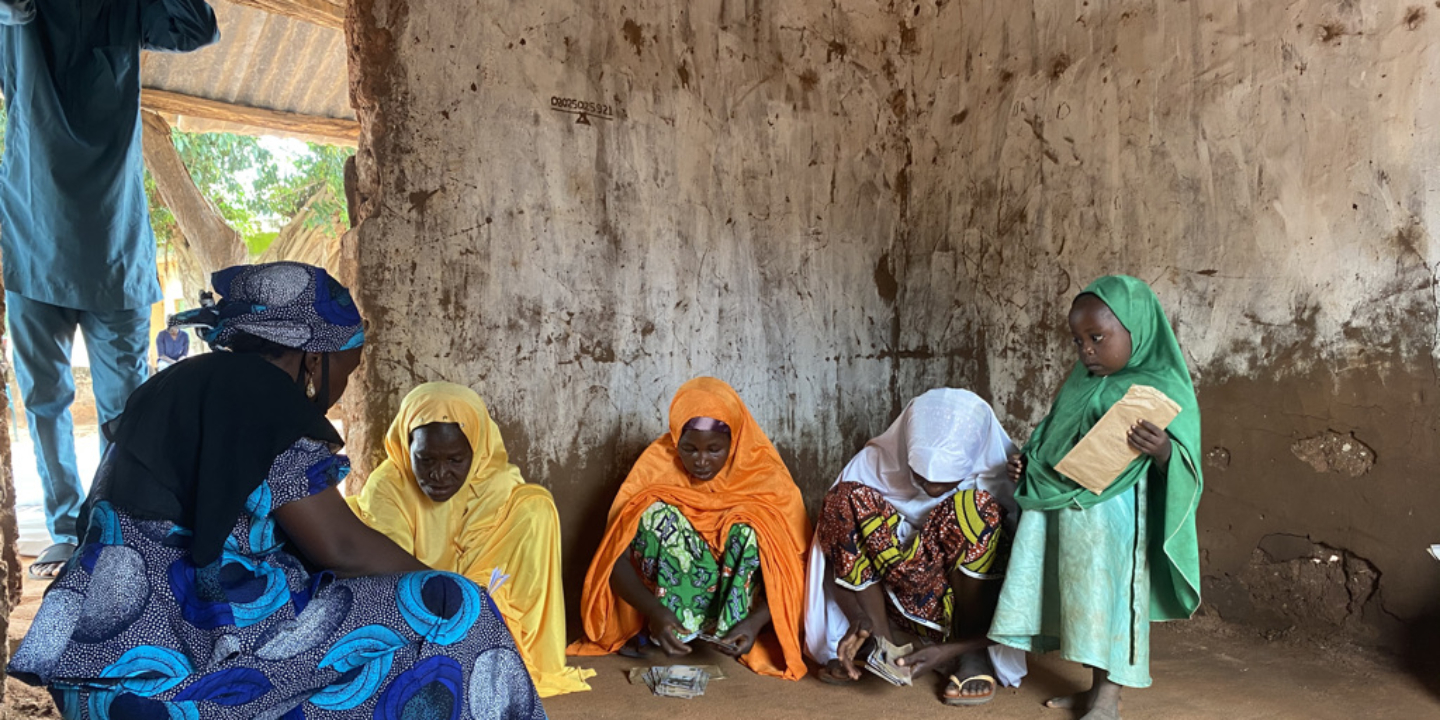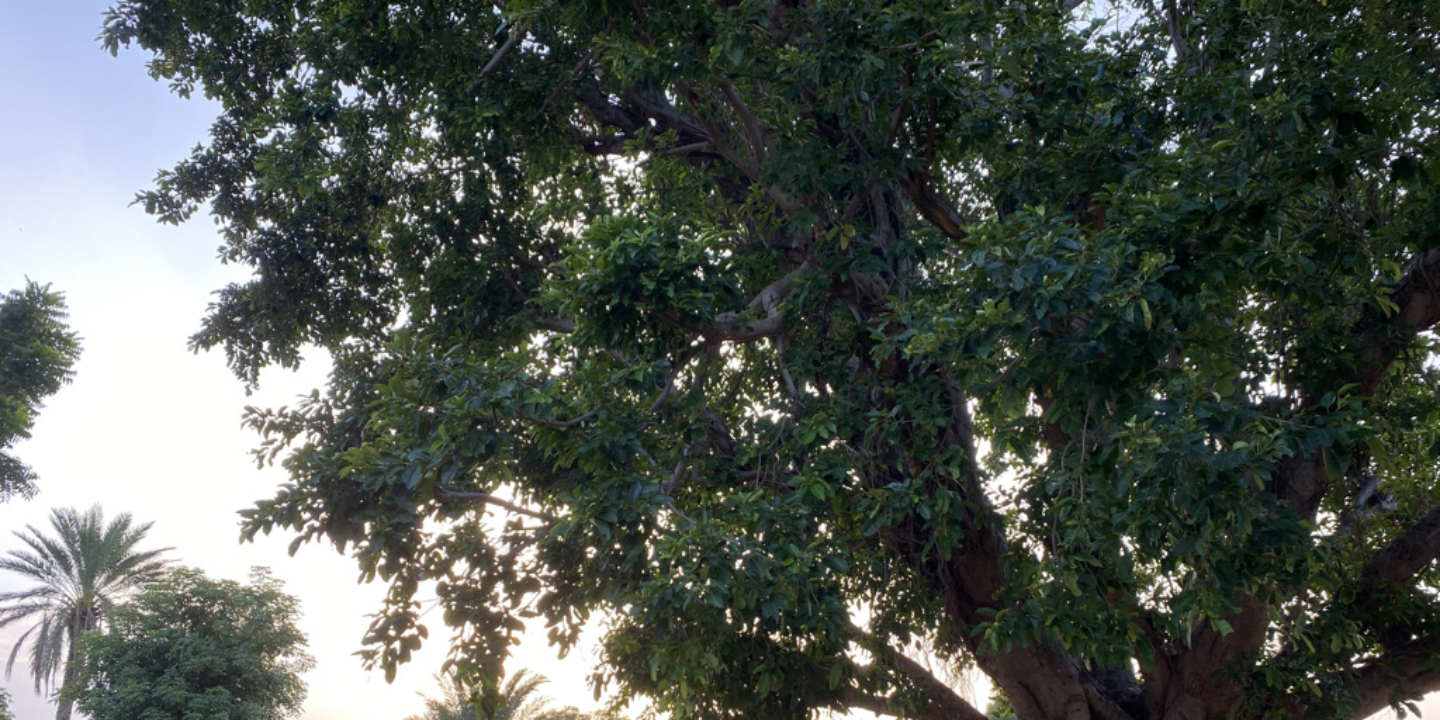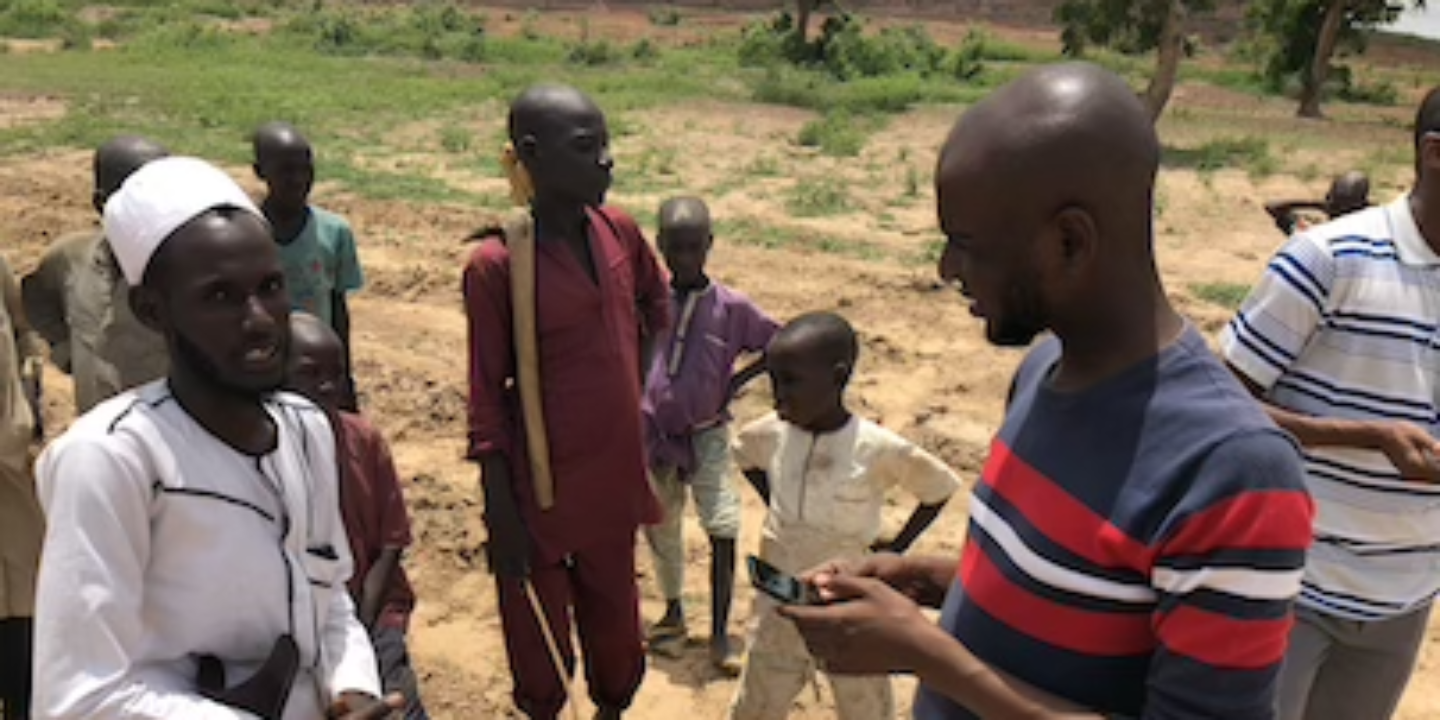The Taimaka Project: Cost-effectively tackling childhood malnutrition

/ Leah Bridle, Center for Effective Global Action, U.C. Berkeley
-
TYPE OF GRANT:
Scaling -
FUNDING PERIOD:
2022-2024 -
GEOGRAPHIC FOCUS:
Gombe State, Northeastern Nigeria
Problem
Gombe State, Nigeria (population of ~3M) has one of the highest rates of stunting and malnutrition for under-five children in the world, resulting in thousands of preventable deaths each year. As a result of maternal malnutrition, low birthweight, poor feeding and care practices, unsafe drinking water, poverty, high disease burdens, and above all, food insecurity, ~35,000 under-five children in Gombe suffer from acute malnutrition. Yet, treatment is widely unavailable throughout the state.
Globally, 45.4 million children suffer from malnutrition, and the story remains the same. Only an estimated 30% of children receive treatment. These children are not just hungry; they are critically ill. Children with severe acute malnutrition are 9-11 times more likely to die than their peers and those that do survive suffer from permanent setbacks to their neurodevelopment, immune systems, and their educational success.
Solution
Taimaka design programs with a commitment to (1) respond to evidence — ranging from academic papers to direct feedback from communities, and (2) maximise impact on lives per dollar spent. They start their program design process by identifying outcomes of interest: preventing deaths, and improving food security. Taimaka's ultimate goal is to improve people’s lives as much as possible with each donor dollar spent.
This process drove Taimaka to focus on post-harvest credit and storage before ultimately moving towards its combined approach of treatment and innovation to tackle acute malnutrition:
- Post-Harvest Credit and Storage: Two randomised control trials in Kenya and Tanzania found that post-harvest loans generated a 29% to 40% return on investment to farmers. Given their cost of implementation, their best estimate is that post-harvest loans are ~ 2x as effective as an unconditional cash transfer at raising people’s incomes when they need it most: that is, when they would otherwise struggle with hunger.
- Acute Malnutrition Treatment: Likewise, a meta-analysis of dozens of studies on direct treatment of acute malnutrition suggests that it meets the WHO standard for “very cost-effective”, saving lives at a cost of <$3,000. By pairing direct treatment of malnutrition with an innovations portfolio designed to make malnutrition treatment cheaper, more effective, and ultimately more accessible, Taimaka is able to tackle childhood malnutrition in northeastern Nigeria and on a global scale.
Taimaka’s malnutrition innovations portfolio currently includes:
- A clinical trial with researchers from the University of California San Francisco testing whether swapping azithromycin for amoxicillin as a routine antibiotic in the treatment of severe acute malnutrition can reduce mortality rates.
- A randomised control trial testing whether automated voice calls can improve weekly treatment appointment attendance with researchers from the University of Florida.
- A feasibility study on the use of a locally-produced, complementary food in the treatment of moderate acute malnutrition.
- A feasibility study examining whether co-locating inpatient and outpatient care can speed referral time for clinical complications without jeopardising geographic coverage.
-
35,000annual cases of acute malnutrition in Gombe state
-
945prevented deaths per year expected, if solution is scaled statewide
-
$3.4min current funding could be freed up p.a. if malnutrition treatment was made 1% cheaper through innovation
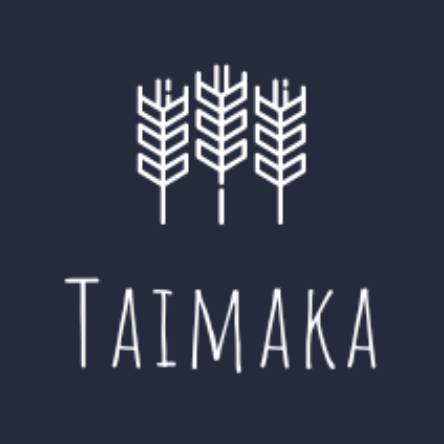
About the organization
The Taimaka Project is a non-profit organisation launched in 2019 with a mission to cost-effectively save and improve the lives of the world’s poorest people. That mission led to an initial focus on post-harvest credit and storage, a well-evidenced program to raise incomes and combat seasonal hunger in rural communities that generated over $50,000 in additional incomes for 1,000+ families over the course of three years. After a randomised control trial in 2021 with UC-Berkeley and Stanford researchers, Taimaka pivoted to focus on an even more cost-effective method of tackling food insecurity – malnutrition treatment and innovation. Since then, Taimaka has focused on tackling acute childhood malnutrition by treating cases in northeastern Nigeria and generating, testing, and scaling innovations designed to lower the cost and improve the effectiveness of malnutrition treatment for the 45.4 million children globally who need it. Taimaka has won acclaim from Founders Pledge, which recommends it as an early-stage charity; USAID, which funded Taimaka through its Feed the Future program; and the D-Prize, which Taimaka won.
